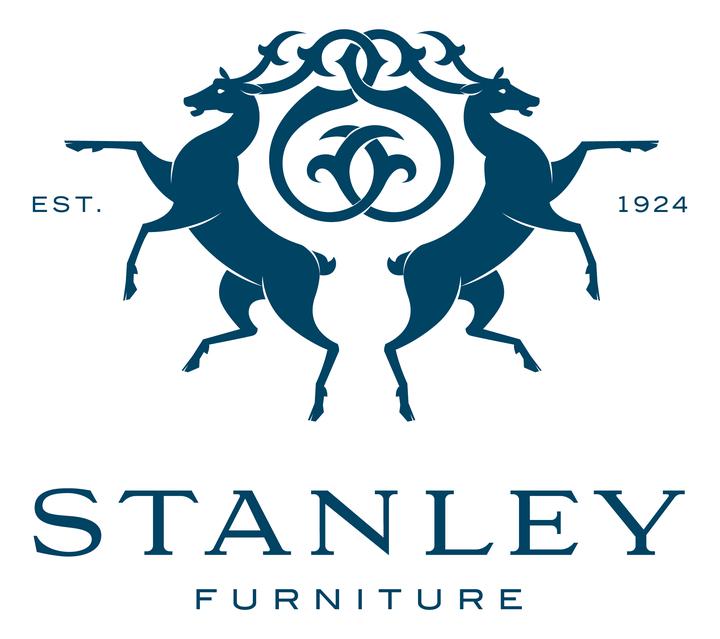Stanley Furniture Case Study
Testimonial
We hired Tashjian Marketing in the Spring of 2012 to help us both better understand the needs of the design channel as well as execute certain nuts & bolts functions in marketing during a time of transition for our company as we moved our corporate offices and adjusted staffing accordingly. This initial 2-month assignment extended 18 months through November of 2013. We brought to light in the marketplace the heritage of our now 90-year Stanley brand and also launched a new enterprise resource planning system.
Ed quickly earned the respect of our management and sales team and adapted to our systems, work style and culture. His flexibility allowed him to make immediate and lasting contributions. His greatest strengths are intelligence, results orientation, work ethic and industry knowledge. In 2013 we opened new showrooms in High Point and Las Vegas. Tashjian Marketing helped us to attract new customers and position our brand effectively in the segment in which we operate.
Glenn Prillaman
President & CEO
Summary
Retained initially to conduct an analysis of and recommendations to double revenues of the design channel. This led to a 18-month project to help reposition and relaunch the brand. This included branding, web development, customer acquisition and event planning.
Problem / Opportunity
Stanley Furniture, a public company, suffered a significant reduction in revenues from $227 million in 2008 to $99 million in 2012. This was a perfect storm of factors resulting from the economic recession of 2008, increased competition from lower-priced goods in Asia, and significant changes in the retail landscape. The company needed to reinvent itself.
The design category was attractive because:
- It offered premium margins
- Sales to this segment elevated the brand, which would have a halo effect for all channels.
- It was large. According to industry estimates, designers and decorators represented 9.4% of the $85B furniture and bedding category, or roughly $8B at retail which translates to about $3.3B in wholesale revenues.
- The design segment was poised for significant growth. The past 4 years saw significant declines. It was believed that there was pent up demand coupled with the obsolescence of high-end retail stores. As designers grow their business, they will look for new and responsive resources.
- There was a large pricing variance between premium brands (Century, Baker, Henredon, Hickory Chair) and Stanley Furniture. Compared to these brands, and furnishings sold exclusively through design showrooms, Stanley could show demonstrable savings, but would need to reconcile its value proposition.
Barriers to Overcome
- Negative momentum.
- Low awareness in the design channel, or perception of Stanley Furniture as a retail only brand.
- Limited budgets and staffing
Solution
- Reposition the brand as the “gateway to the upper end.”
- Define the issues from the point of view of where “the money changes hands” the salesforce, and Interior designers with in-depth interviews.
- Create special events targeting quintessential prospects.
Results
- Attracted 1,345 new buying groups, which represented 35% of the qualified visitors to new showrooms in Las Vegas and High Point.


